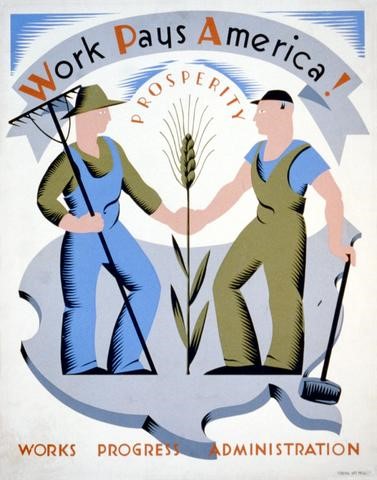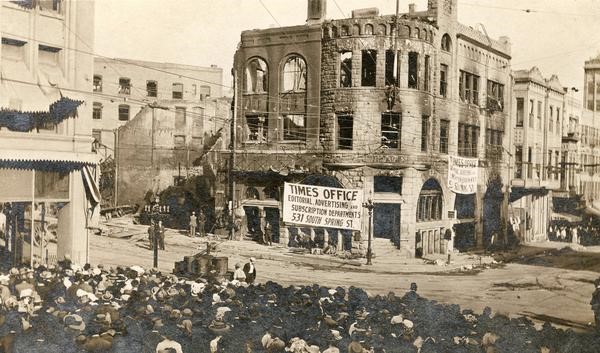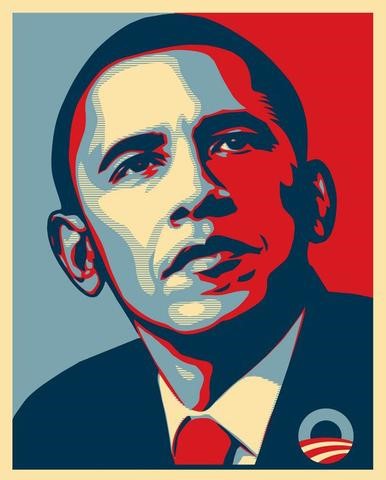December 03
Textile strikers win 10-hour day, Fall River, Mass. – 1866
The San Francisco Board of Supervisors passes an ordinance setting an 8-hour workday for all city employees – 1867
IWW union Brotherhood of Timber Workers organized – 1910
Canada’s Quebec Bridge, spanning the St. Lawrence River, opens to traffic on this day after the deaths of 89 construction workers in the course of the job. A flawed design was blamed for a 1907 collapse that killed 75; another 13 died in 1916 when a hoisting device failed as the central span was being lifted – 1919
General strike begins in Oakland, Calif., started by female department store clerks – 1946
The express passenger train “20th Century Limited” ends more than 60 years of service when it takes its last run from New York City to Chicago – 1967
Some 5,000 union construction workers in Oahu, Hawaii, march to City Hall in protest of a proposed construction moratorium by the city council – 1976
At least four thousand people die, and as many as 20,000, in one of the largest industrial disasters on record. It happened in Bhopal, India, when poisonous methyl isocyanate was released into the atmosphere at a Union Carbide India Limited pesticide plant. The results of investigations by Union Carbide and the government were never released to the public; one authoritative independent study laid blame at the feet of Union Carbide for its failures on training, staffing, safety and other issues – 1984
Arrests began today in Middleton, N.J., of teachers striking in violation of a no-strike law. Ultimately 228 educators were jailed for up to seven days before they were released following the Middleton Township Education Association’s agreement to take the dispute to mediation – 2001
December 04
President Roosevelt announces the end of the Works Progress Administration (WPA), concluding the four-year run of one of the American government’s most ambitious public works programs. It helped create jobs for roughly 8.5 million people during the Great Depression and left a legacy of highways and public buildings, among other public gains – 1943
UAW President Walter Reuther elected president of the Congress of Industrial Organizations – 1952
December 05
Unionists John T. and James B. McNamara are sentenced to 15 years and life, respectively, after confessing to dynamiting the Los Angeles Times building during a drive to unionize the metal trades in the city. They placed the bomb in an alley next to the building, set to detonate when they thought the building would be empty; it went off early, and an unanticipated gas explosion and fire did the real damage, killing twenty people. The newspaper was strongly conservative and anti-union – 1911
Ending a 20-year split, the two largest labor federations in the U.S. merge to form the AFL-CIO, with a membership estimated at 15 million – 1955
AFL-CIO President John Sweeney welcomes the collapse of World Trade Organization talks in Seattle, declaring, “No deal is better than a bad deal.” – 1999
The U.S. Department of Labor reports employers slashed 533,000 jobs the month before—the most in 34 years—as the Great Recession surged. The unemployment rolls had risen for seven months before that and were to continue to soar for another 10 months before topping 10 percent and beginning to level off late the following year – 2008
December 06
African American delegates met in Washington, D.C., to form the Colored National Labor Union. African Americans were excluded from existing labor unions, such as when white workers formed the National Labor Union (NLU). In 1869 several black delegates were invited to the annual meeting of the NLU, where Isaac Myers, a prominent organizer of African-American laborers, spoke eloquently for solidarity, saying that white and black workers ought to organize together for higher wages and a comfortable standard of living. However, the white unions refused to allow African Americans to join their ranks. In response, Myers met with other African-American laborers to form what became the Colored National Labor Union. Unlike the NLU, the CNLU welcomed members of all races. Isaac Myers was the CNLU’s founding president; Frederick Douglas became president in 1872 – 1869
The Washington Monument is completed in Washington, D.C. On the interior of the monument are 193 commemorative stones, donated by numerous governments and organizations from all over the world; one of them is from the Int’l Typographical Union, founded in 1852. In 1986 the ITU merged into the Communications Workers of America – 1884
A total of 361 coal miners die at Monongah, W.Va., in nation’s worst mining disaster – 1907
Int’l Glove Workers Union of America merges into Amalgamated Clothing Workers – 1961
United Mine Workers begin what is to become a 110-day national coal strike – 1977
December 07
Heywood Broun born in New York City. Journalist, columnist and co-founder, in 1933, of The Newspaper Guild – 1888
Steam boiler operators from 11 cities across the country meet in Chicago to form the National Union of Steam Engineers of America, the forerunner to the Int’l Union of Operating Engineers. Each of the men represented a local union of 40 members or fewer – 1896
More than 1,600 protesters staged a national hunger march on Washington, D.C., to present demands for unemployment insurance – 1931
United Hatters, Cap & Millinery Workers Int’l Union merges into Amalgamated Clothing & Textile Workers Union – 1982
Delegates to the founding convention of the National Nurses United (NNU) in Phoenix, Ariz., unanimously endorse the creation of the largest union and professional organization of registered nurses in U.S. history. The 150,000-member union is the product of a merger of three groups – 2009
December 08
Twenty-five unions found the American Federation of Labor (AFL) in Columbus, Ohio; Cigarmaker’s union leader Samuel Gompers is elected president. The AFL’s founding document’s preamble reads: “A struggle is going on in all of the civilized world between oppressors and oppressed of all countries, between capitalist and laborer…” – 1886
114-day newspaper strike begins, New York City – 1962
President Bill Clinton signs The North American Free Trade Agreement (NAFTA) – 1993
Nearly 230 jailed teachers—about one-fourth of the 1,000-member Middletown Township, N.J., staff—are ordered freed after they and their colleagues agree to end a 9-day strike and go into mediation with the local school board – 2001
Faced with a national unemployment rate of 10 percent, President Barack Obama outlines new multi-billion dollar stimulus and jobs proposals, saying the country must continue to “spend our way out of this recession” until more Americans are back at work. Joblessness had soared 6 percent in the final two years of George W. Bush’s presidency – 2009
December 09
Ratification of a new labor agreement at Titan Tire of Natchez, Miss., ends the longest strike in the history of the U.S. tire industry, which began May 1, 1998, at the company’s Des Moines, Iowa, plant – 2001
– Compiled and edited by David Prosten.







